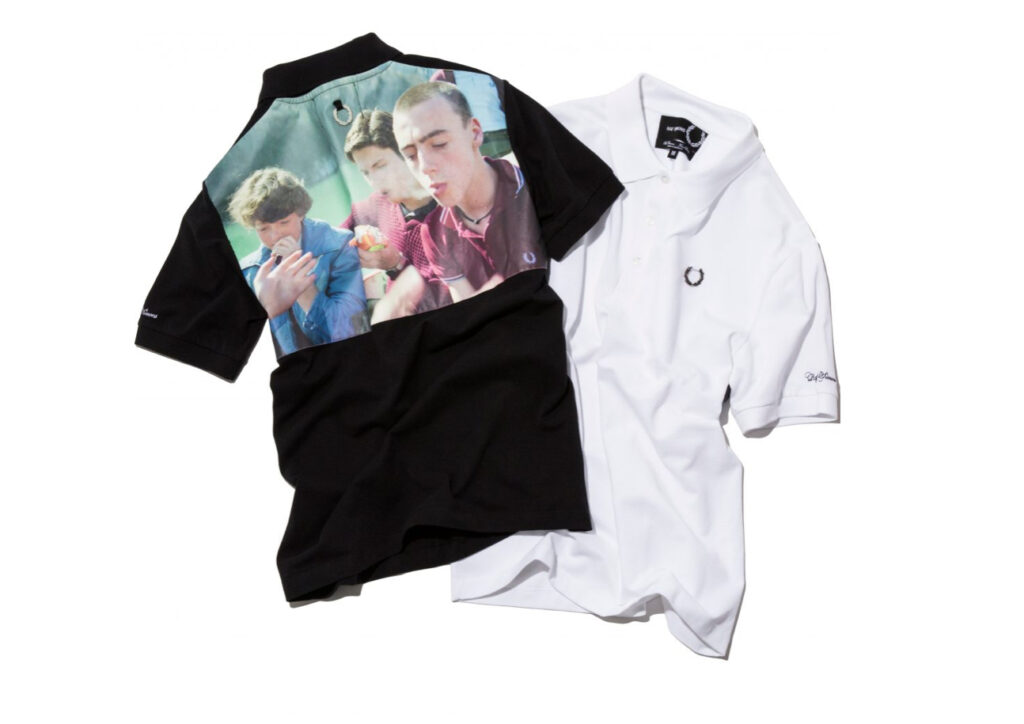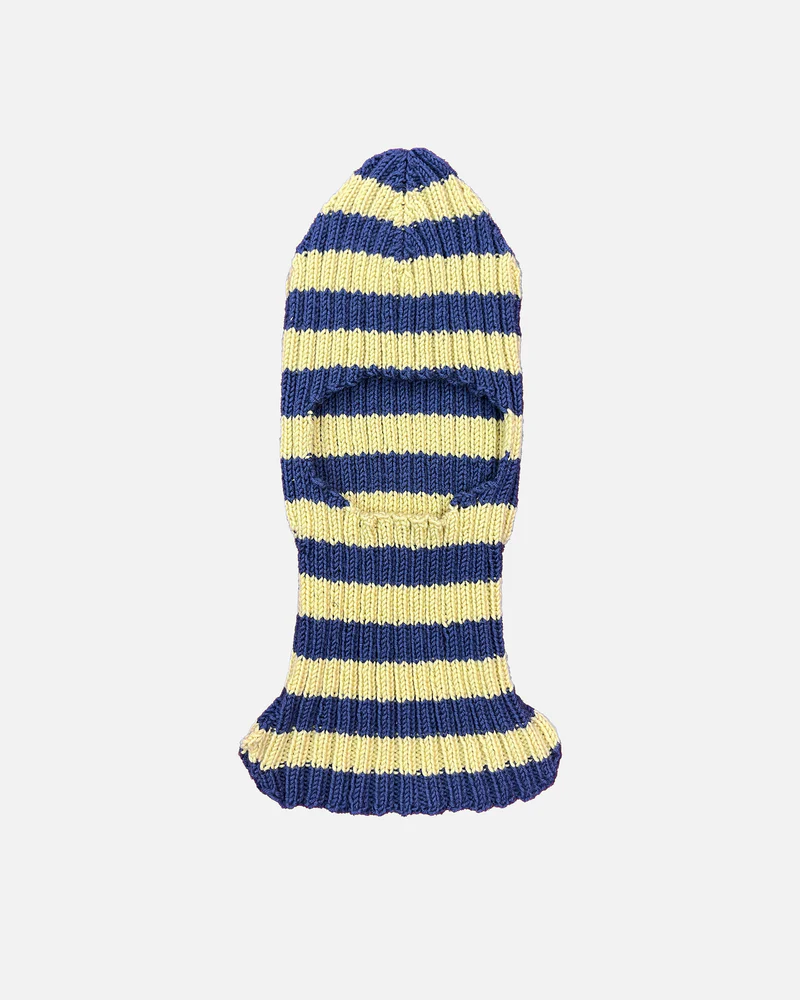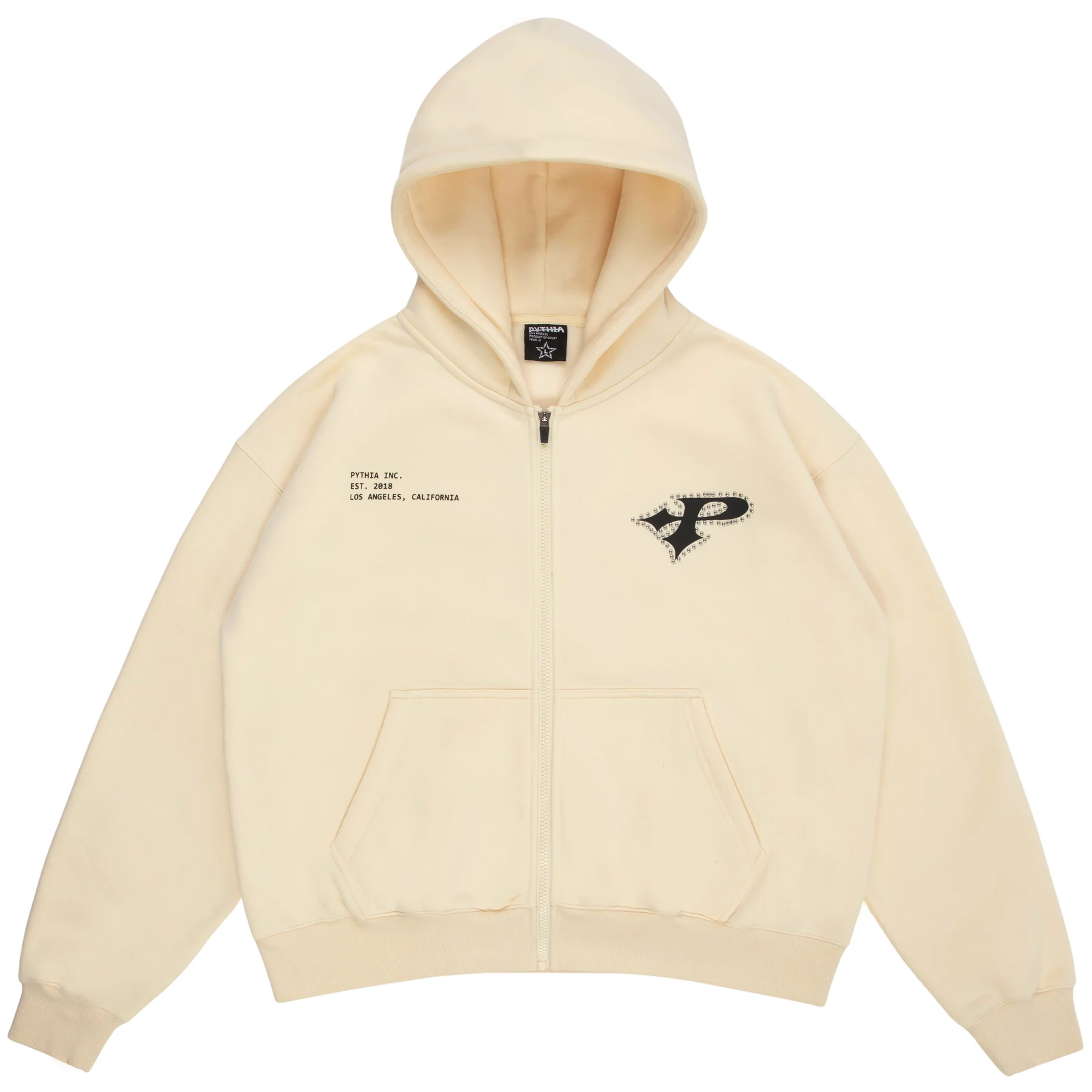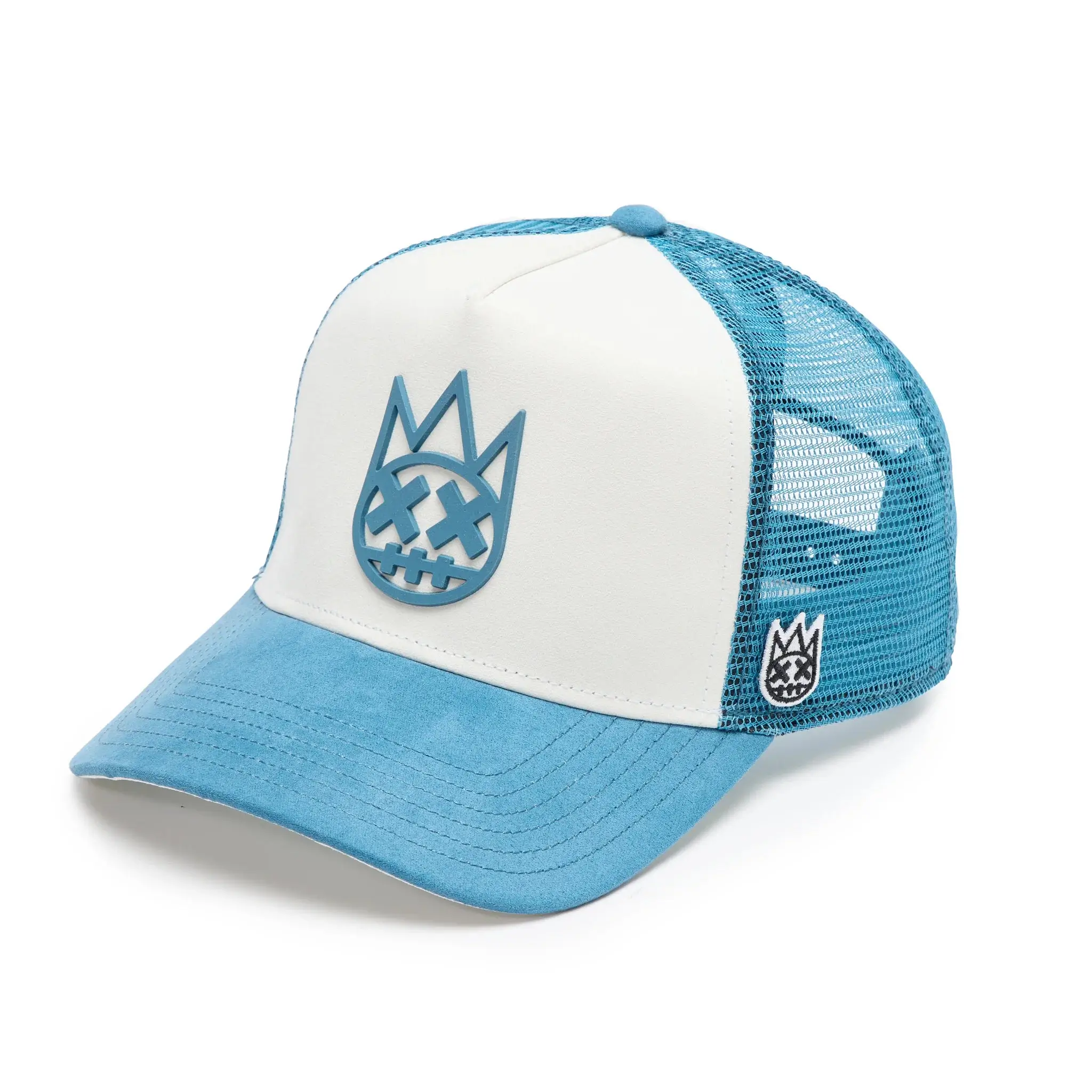In the world of fashion flows, some partnerships fade quickly while others endure—built on shared values, mutual respect, and cultural dialogue. The ongoing collaboration between Fred Perry and Raf Simons is among the latter. What began as a creative exchange over a decade ago has become a steady, season-spanning dialogue about youth, identity, rebellion, and the social role of clothing. And for Spring/Summer 2025, the conversation goes deeper than ever.
At the center of this season’s drop is the work of Gavin Watson, the British photographer best known for his raw documentation of UK subcultures. His images—bold, unfiltered, deeply human—are screen-printed across classic Fred Perry polo shirts, merging visual culture with sartorial heritage. The result is a collection that doesn’t just pay homage to youth culture—it participates in it.
The Legacy of a Uniform
To understand the weight of this collaboration, one must start with Fred Perry itself. Founded in the 1950s by the eponymous tennis champion, Fred Perry has long sat at the intersection of sport, street, and style. Its signature polo shirt, defined by its twin-tipped collar and laurel wreath emblem, became more than sportswear—it became a uniform for subcultures across the UK and beyond.
From Mods and Skinheads to Casuals and Britpop kids, Fred Perry polos have always stood for more than fashion. They carried meaning—territorial, political, aesthetic. Wearing one could signal class affiliation, musical taste, or ideological stance. It was this ability to carry coded messages that first drew Raf Simons to the brand.
Simons, the Belgian designer revered for his conceptual precision and obsession with youth culture, has always seen clothing as a vessel for identity. His early collections explored school uniforms, rave culture, and the angst of adolescence. So it’s no surprise that Fred Perry became a creative anchor for him—a blank slate charged with historical voltage.
A Decade of Merges
Fred Perry x Raf Simons began in 2008 and has spanned nearly 20 collections. Across those years, the union has evolved from graphic remixes of the polo to deeper explorations of British subcultural iconography. Every season reflects Simons’s curiosity with the aesthetics of rebellion: safety pins, oversized fits, schoolboy tailoring, distressed graphics.
But what sets this partnership apart is its emotional consistency. Each collection is a love letter to a particular kind of youth—not the Instagram-polished influencer, but the restless teen on the margins, defining their style in alleys, clubs, and council estates. The garments don’t just look cool; they remember something.
That emotional continuity reaches a new peak in the current collection, which places the visual archives of Gavin Watson at the forefront.
Gavin Watson: Eye of the Underground
Gavin Watson didn’t set out to become the chronicler of a generation. He just turned the camera on his own life. Born in 1965, Watson began photographing his friends and younger brother Neville in the late 1970s, capturing their lives as skinheads in suburban High Wycombe.
His images are intimate, casual, yet charged with the atmosphere of a Britain in flux. They show kids in bomber jackets and buzz cuts, laughing, smoking, hugging. They show vulnerability, mischief, tension. They show truth.
Watson’s archive is now recognized as one of the most authentic documents of UK subculture. Unlike the often voyeuristic lens of media at the time, his work never judges—it simply sees. It is this authenticity that makes his work such a perfect fit for Raf Simons, whose entire design practice hinges on rendering the inner life of youth visible.
Polos as Canvas
In the Spring/Summer 2025 Fred Perry x Raf Simons collection, Watson’s photographs are printed directly onto classic Fred Perry polos. But these are not simple merch-style tees. The images are embedded—sometimes boxed, sometimes layered with text, sometimes ghosted like old Xerox prints.
One standout piece features a black-and-white portrait of Neville Watson staring deadpan into the lens, his arms crossed, his Fred Perry polo collar neatly upturned. The image rests squarely on the chest of a new-season shirt, itself reengineered with longer sleeves and a boxier silhouette. The garment becomes a totem—history worn on the body.
Another shirt overlays a grainy shot of three friends in an alley with a block of serif text reading: “Youth is the only time you’ll be brave enough not to care.” It’s a line lifted from a Raf Simons archive interview, a mantra that could define both Watson’s subjects and Simons’s wearers.
These shirts are not about nostalgia. They are not costume. They are memory as message—living documents of a generation that helped define what youth looks like when it resists.
From Margins to Mainstream
What’s particularly powerful about this collection is the way it reclaims and recontextualizes images of working-class British youth. Subcultures like skinheads and punks have been variously demonized, romanticized, or diluted by pop culture over the years. But in their original context, they were responses to very real social conditions: unemployment, racism, police brutality, class division.
By printing Watson’s images on Fred Perry polos—garments once worn by these very kids—Simons does something rare in fashion: he doesn’t just reference the underground; he restores it.
In an industry that often mines youth culture for aesthetic trends without honoring its source, this flow feels unusually sincere. It doesn’t sanitize or simplify. It invites conversation.
And that matters. In 2025, as fashion reckons with its own complicity in cultural appropriation and classwashing, the Fred Perry x Raf Simons partnership provides a model for how to engage with subculture respectfully: with research, reverence, and reciprocity.
Style with Substance
Beyond its cultural resonance, the collection is simply well made. The polos retain Fred Perry’s trademark quality: tight-knit cotton piqué, structured collars, precision stitching. But under Simons’s guidance, proportions shift. Sleeves extend past the elbow. Collars are reinforced. Fabrics are heavier, more sculptural.
These are not throw-on shirts. They are structured garments that ask to be considered. Paired with wide-legged trousers, vintage jeans, or oversized coats, they fit into today’s fashion vernacular while carrying the weight of yesterday’s stories.
Accessories in the collection further this ethos. Minimalist badges, subtle embroidered initials, and military-style tags offer continuity without overpowering the central visuals. It’s all about balance: heritage and innovation, nostalgia and now.
Retail and Reception
At ¥20,900 apiece, the polos are positioned at the accessible end of luxury streetwear—a deliberate move, perhaps, to ensure that the youth whose culture inspired the collection can actually afford to participate. They are available at the Fred Perry Shop Tokyo and select global retailers, with limited drops planned for Europe and North America.
Early response has been enthusiastic. Vintage collectors praise the respectful archival approach. Younger consumers, especially in Tokyo and London, are drawn to the shirts’ cinematic energy and built-in narrative. For many, this isn’t just merch—it’s a way to wear history without apology.
Fred Perry x Raf Simons: What It All Means
In a cultural moment increasingly defined by speed, churn, and surface-level aesthetics, the Fred Perry x Raf Simons collaboration stands apart. It’s not trying to go viral. It’s not courting algorithms. It’s doing something far more radical: slowing down, looking back, and showing respect.
By centering Gavin Watson’s imagery, the collection refuses to reduce youth culture to style. Instead, it insists that style is born of culture—that every photograph carries a context, and every silhouette has a story. In this way, the clothes become more than garments. They become documents.
They remind us that fashion, at its most powerful, isn’t just about what you wear. It’s about why you wear it. And for those who lived through the subcultures captured by Watson—or for those discovering them anew—the collaboration offers something that’s increasingly rare in fashion: emotional authenticity.
Impression
The phrase on one of the polos reads, “Tradition is not the worship of ashes, but the preservation of fire.” It’s a fitting mantra for the Fred Perry x Raf Simons collaboration. This is not about reliving the past. It’s about carrying its energy forward.
Through Watson’s lens, Simons’s cuts, and Fred Perry’s legacy, a new generation is invited into an ongoing story—one stitched in rebellion, sharpened by style, and powered by youth.
This collection doesn’t just wear well. It resonates.
No comments yet.








